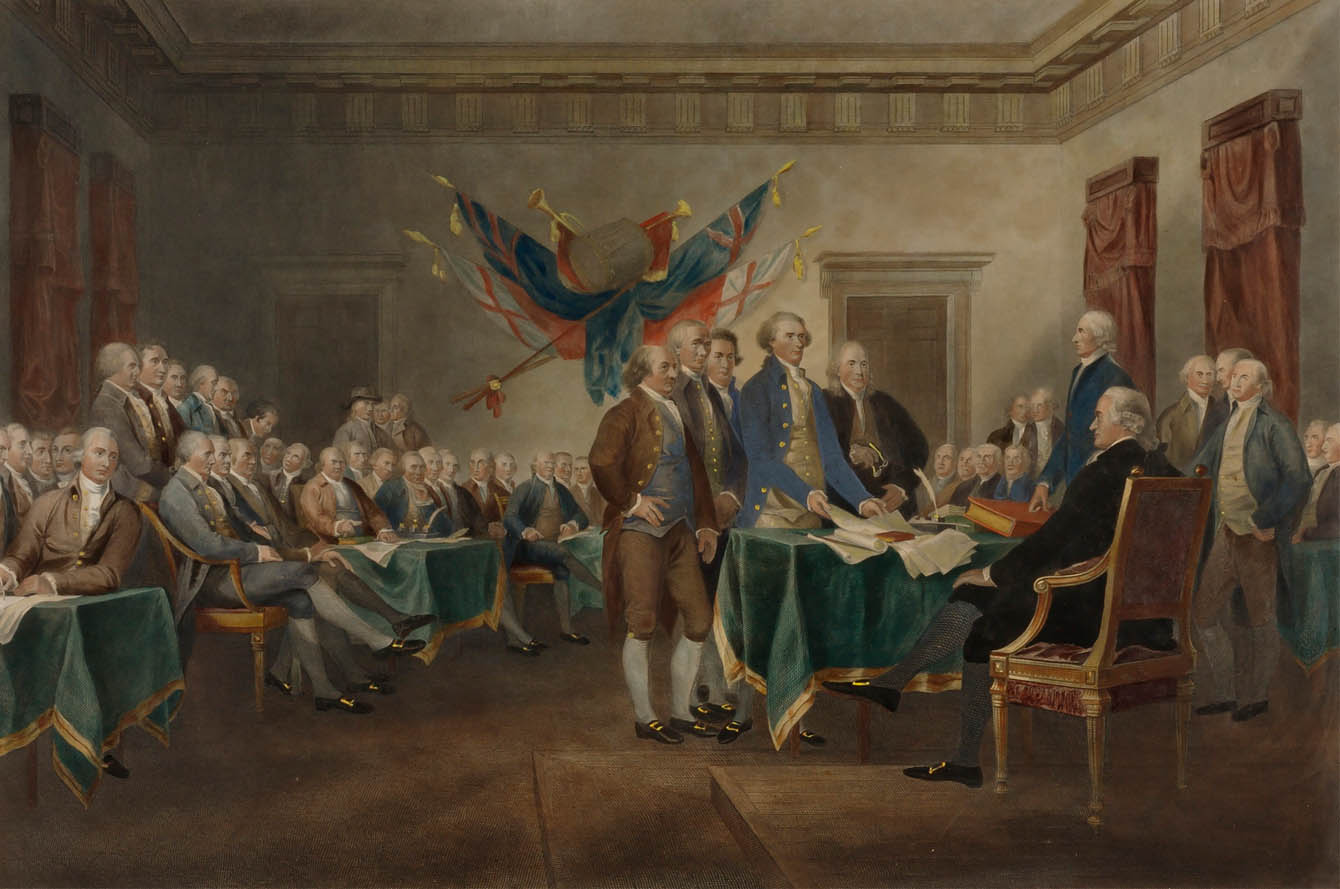Who Benefits
The northern slave trade began gradually, as the colonial practice of enslaving African captives spread from the West Indies throughout the Atlantic world. In 1637 the Salem, Massachusetts-based slave ship Desire made its first documented voyage between New England and the Caribbean. By 1644, Boston merchants were actively engaged in the transatlantic slave trade.
Throughout the northern colonies, families like the Philipses became wealthy through the slave trade and their use of slave labor. White elites profited from all aspects of slavery: they financed slave voyages, invested in Caribbean sugar plantations, and developed a provisions trade using enslaved labor. As a result, the northern economy rapidly grew, and wealthy enslavers established colleges and funded financial markets with the profits earned from slavery.
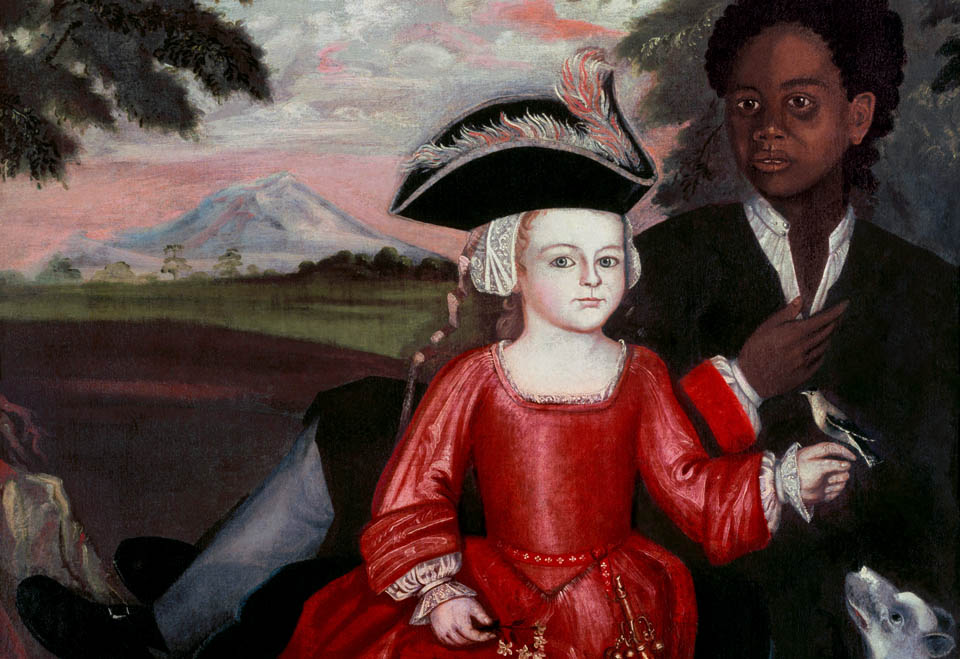
How northern colonists profited from slavery also depended on their region. Along the coast, protective harbors were common. Port towns such as Boston, New Haven, and Newport were developed as bases for international trade. In these cities, northern merchants were actively involved in the trade of human beings.
The colony of Rhode Island dominated the North American slave trade. Traders there are estimated to have shipped more than 100,000 African captives to the Caribbean and the 13 colonies. The Brown family, founders of Brown University, and the Lopez family, founders of one of America's oldest synagogues, also grew wealthy from their involvement in the slave trade.
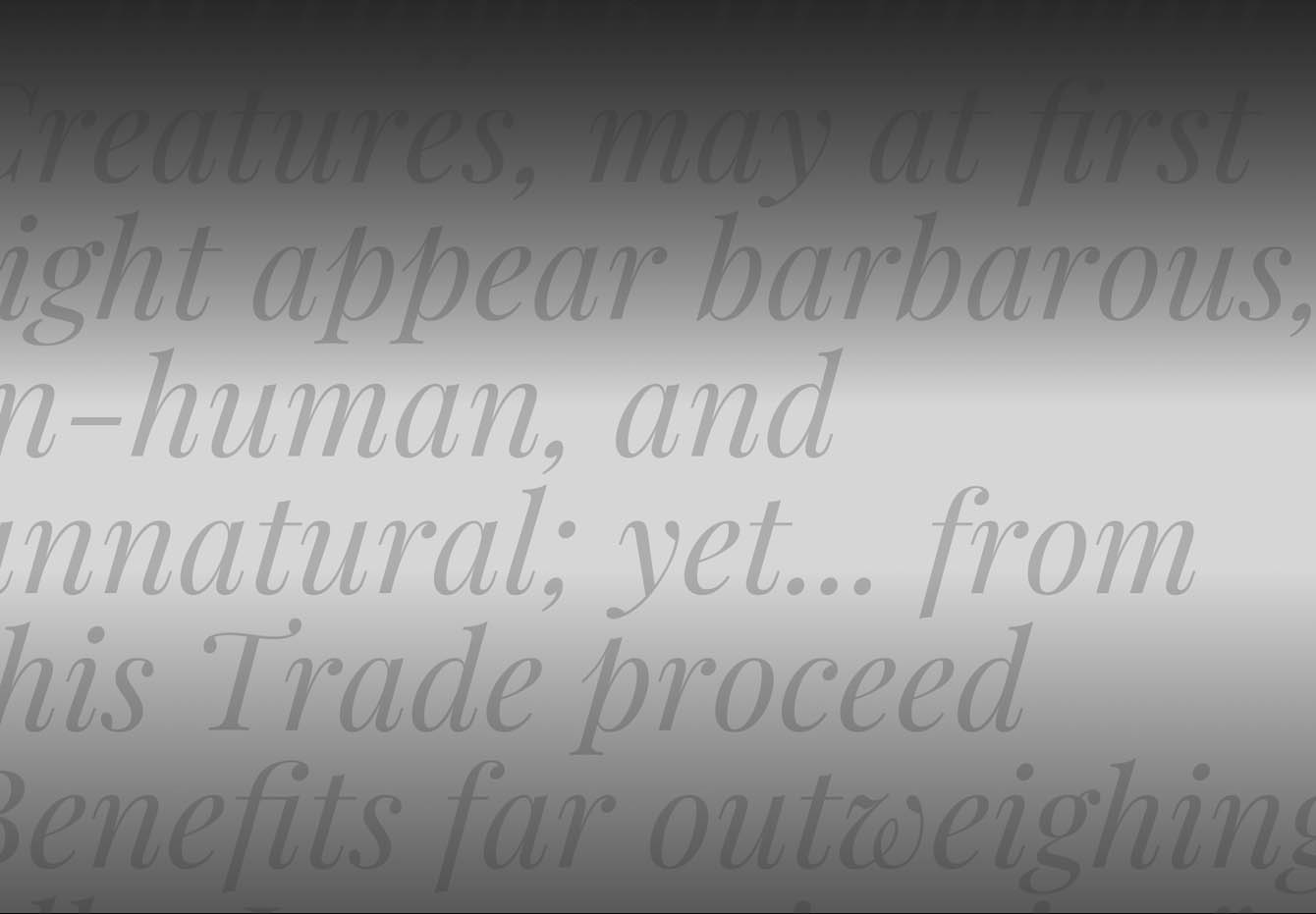
James DeWolf (1764–1837) of Bristol, Rhode Island, shows how an enslaver could control the supply chain for maximum profit. Sugar and molasses from DeWolf plantations in Cuba were carried to Bristol on DeWolf-owned ships. The molasses was then converted into rum at DeWolf distilleries. The rum was loaded onto DeWolf’s ships and delivered to trading forts along the coast of West Africa, where it was exchanged for African captives. These enslaved individuals were then sold by DeWolf agents for tremendous profits in Havana, Cuba, and Charleston, South Carolina.
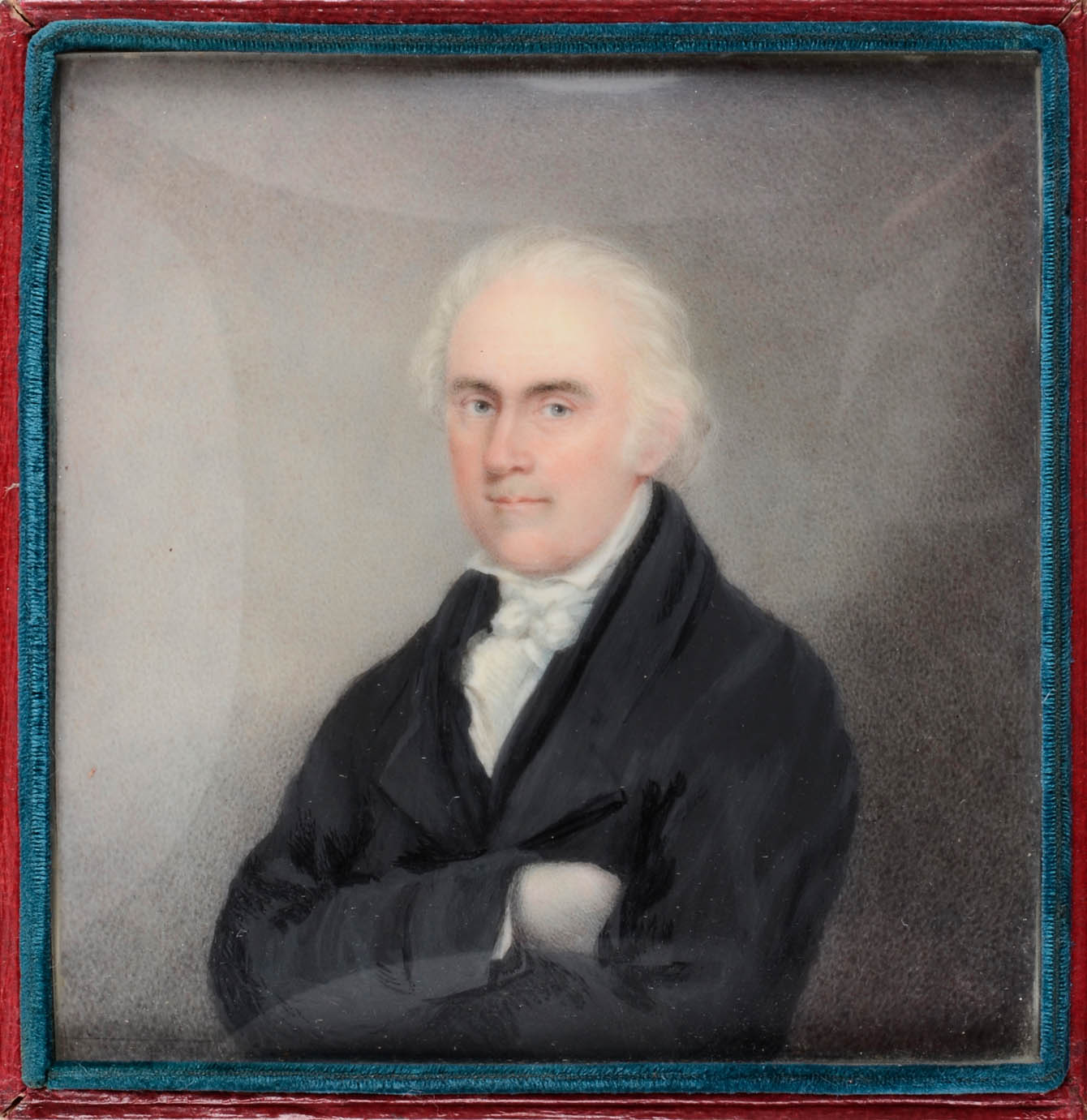
Prominent families from other northern colonies also profited from the trade in African captives. Gurdon Saltonstall Jr. was the son of a Connecticut governor and deeply engaged in the slave trade. In 1757, he sent his teenage son, Dudley, to supervise his ship, the Africa. Dudley’s job was to oversee the purchase of African captives in Sierra Leone and their transport to the Caribbean. In his logbook, he reports of disease sweeping through the ship’s hold, with fatal results for the people imprisoned there: “This 24 hours Died 3 Small Slaves with the Flux — 165 Slaves Remains Living on Board. Fresh Breses."
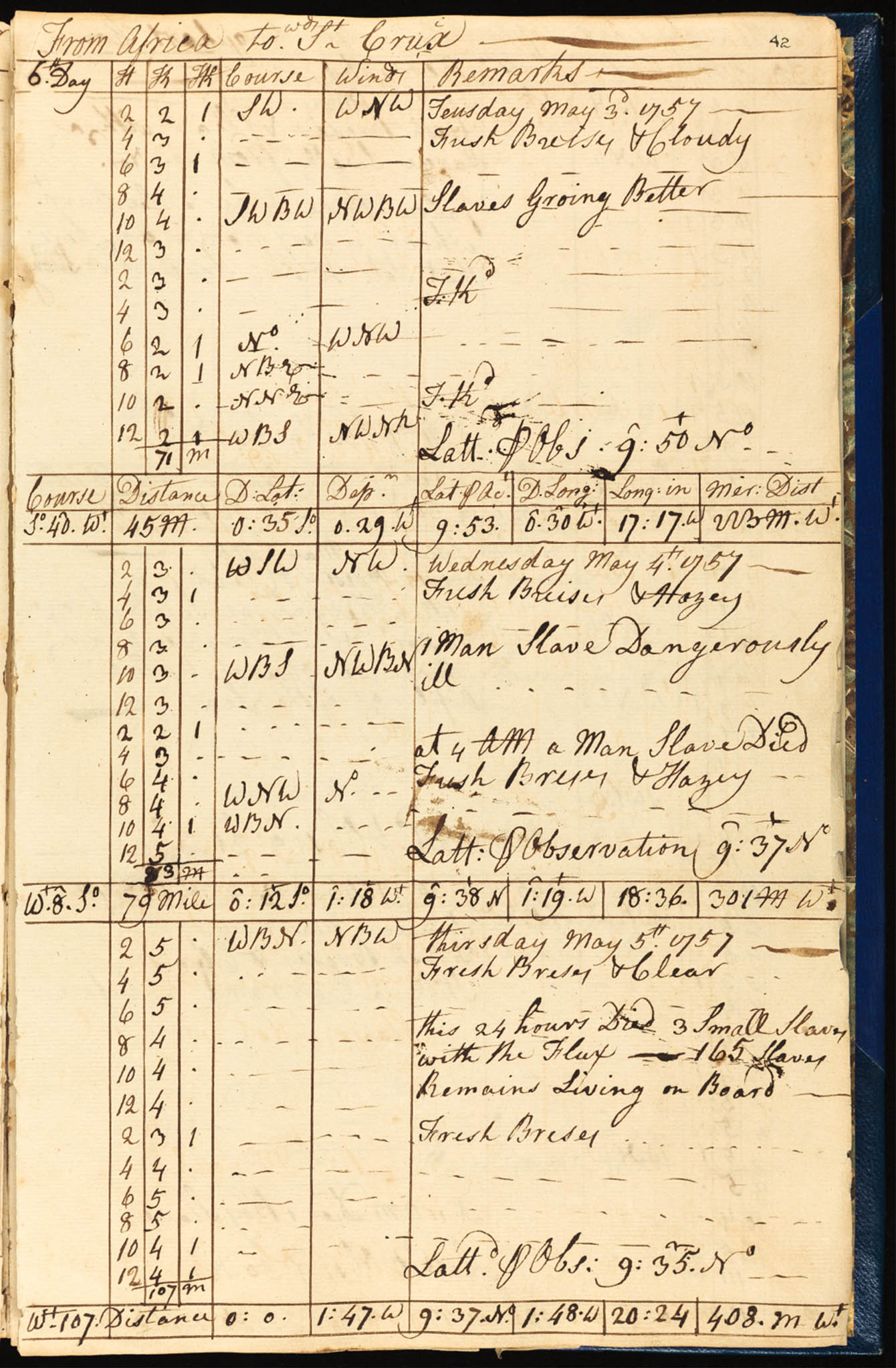
The rich soil and warm climate needed for large-scale farming were hard to find in the northern colonies. Provisioning plantations like Philipsburg Manor developed along the fertile river valleys of the Hudson, Delaware, and Connecticut rivers, as well as on Long Island, New York.
Philipsburg Manor stretched nearly 20 miles along the Hudson River and was more than three times the size of Manhattan. The Philipse family rented much of their land to tenant farmers who were instructed to grow wheat. More than 50 enslaved men, women, and children labored at the Philipse’s upper and lower mills, where they processed the wheat into flour and sold these profitable provisions to sugar planters in Barbados.
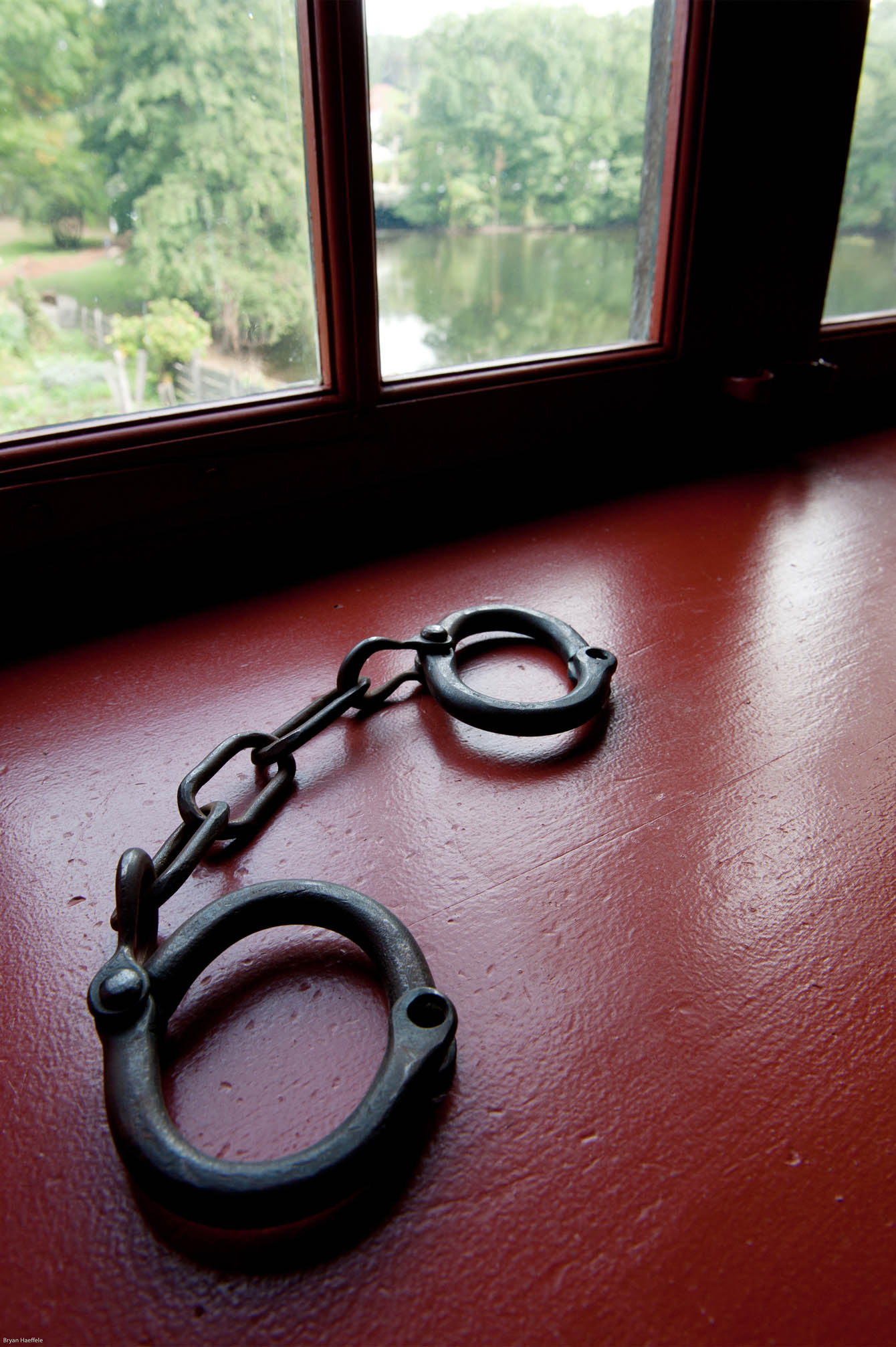
Sugar planter Nathaniel Sylvester purchased a small island off the tip of Long Island, New York, to establish a provisioning plantation that would supply goods to Barbados. By 1680, nearly 30 enslaved people lived and labored at Sylvester Manor, one of the largest enslaved communities in the North at the time. The Chew family of Philadelphia owned several large plantations in Maryland and Delaware. From the 1740s until the early 1800s, the Chews were among the largest enslavers in the North, holding upwards of 140 enslaved men, women, and children at their Philadelphia home, Cliveden, and at their several plantations. Profits gained because of enslaved labor provided the Chews with substantial wealth for generations.
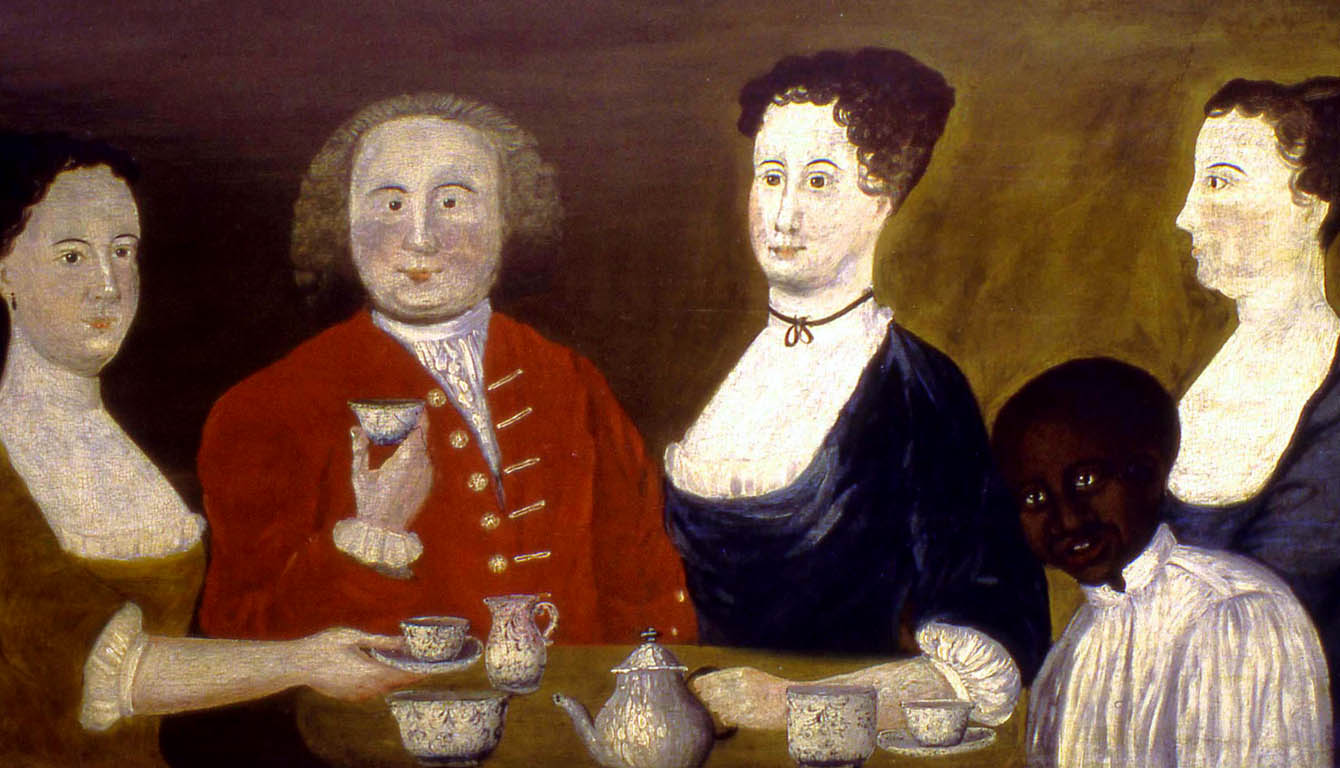
Albany’s Schuyler Mansion was home to Revolutionary War General Philip Schuyler, the father-in-law of Alexander Hamilton. Although Hamilton was a founding member of the New York Manumission Society, his father-in-law enslaved numerous individuals between his Albany home and Saratoga County farm and mill.
Colonists like Alexander Hamilton, who were not enslavers, still benefited as a result of slavery: everything from their bread to their bricks was made by enslaved labor.
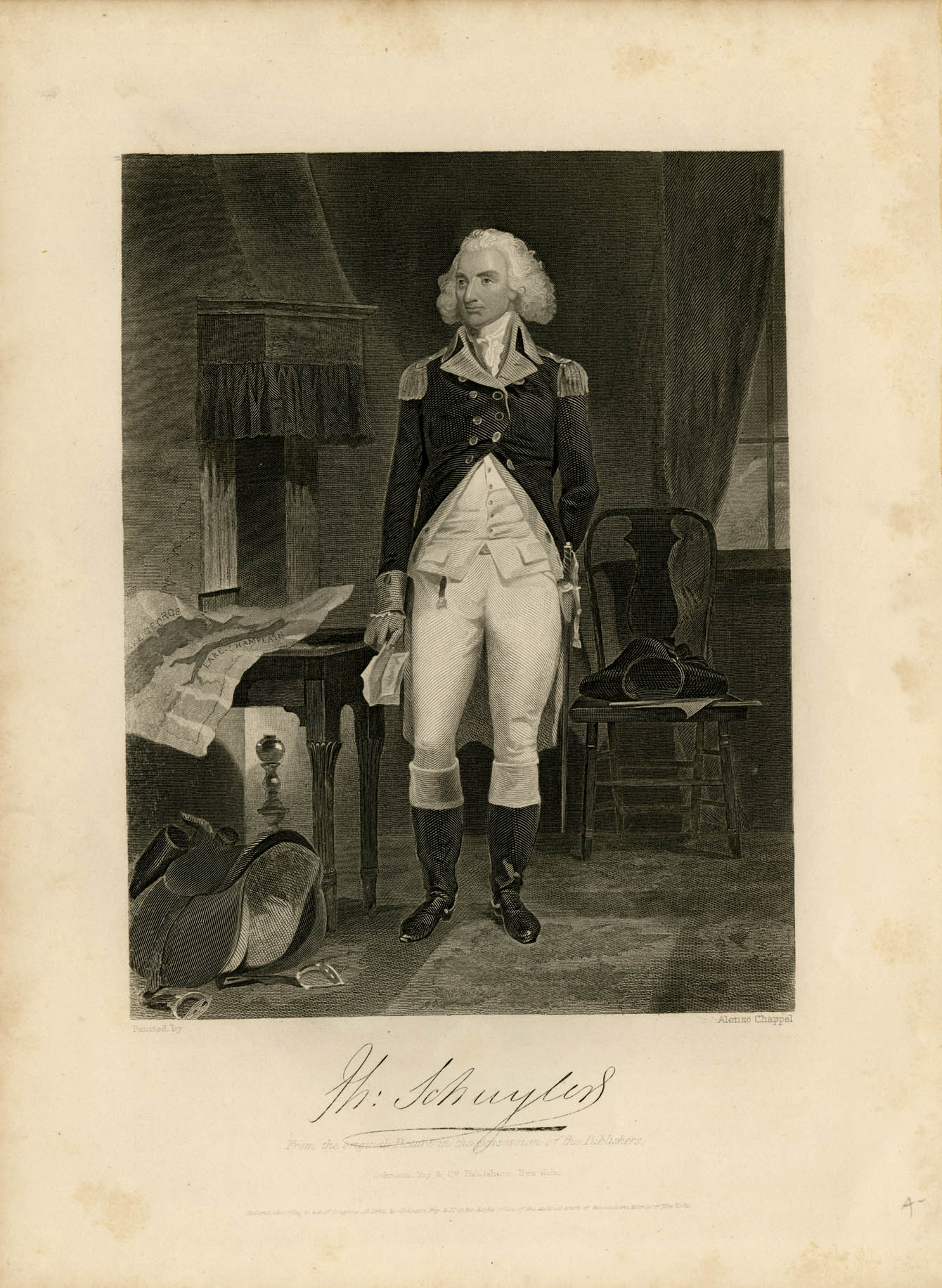
Cato, Tower, Tom, and Phoebe were enslaved by the Reverend William Smith of Weymouth, Massachusetts. Smith’s daughter Abigail was especially close to Phoebe. In 1798, Abigail Smith Adams wrote to her husband, President John Adams, that Phoebe, a free woman since 1783, was the “only surviving parent” that she had. Although she came from a family of enslavers, Abigail turned against enslavement. In 1774 she wrote, “I wish most sincerely there was not a slave in this province.”
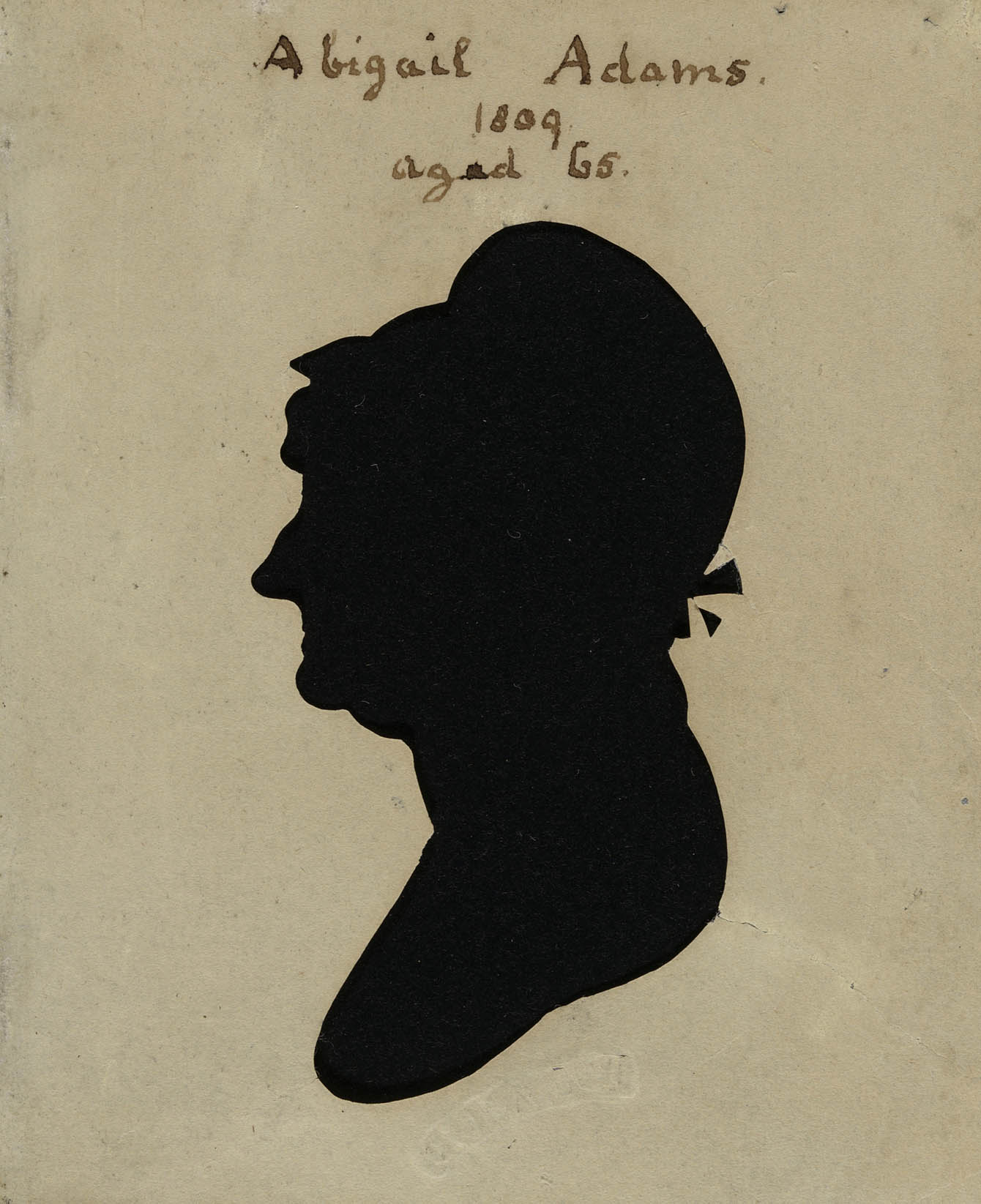
Throughout the northeast, wealthy enslavers used the profits they made from the trade in African captives to build colonial cities. Their names remain visible on schools, streets, counties, and towns such as Trenton and Demarest, New Jersey; Livingston and Cortland, New York; and Winthrop, Massachusetts. The state of Pennsylvania was also named after an enslaver: its founder, the Quaker William Penn.
The legacy of northern enslavement is deeply connected to the development of American higher education, as enslavers used their wealth to endow colonial colleges. Rutgers, Yale, and Williams are named for enslavers, while Princeton, Columbia, and Brown were built with or benefited from enslaved labor. Harvard's Law School was founded with a donation from the Royall family, the largest enslaver in Massachusetts.
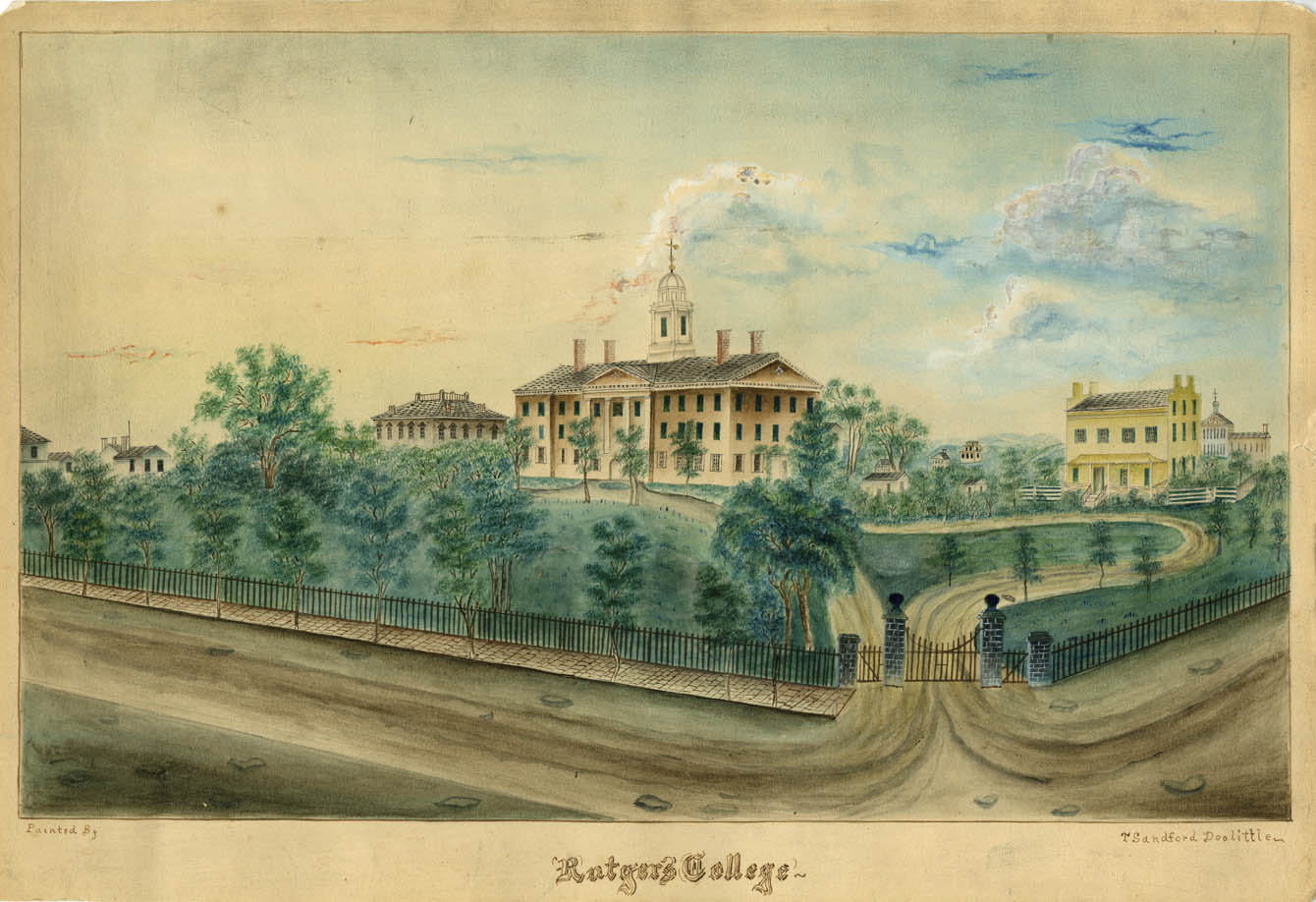
In 1776, Thomas Jefferson wrote “We hold these truths to be self-evident, that all men are created equal.” Jefferson also enslaved over 175 people. The Declaration of Independence was America’s original document of freedom, yet the majority of its signers benefited from the forced labor of others—both in the North and the South. Of the 56 signers, 41 were enslavers and nearly half of those men were northerners. Northern enslavers who signed the Declaration included John Hancock from Massachusetts, Benjamin Franklin from Pennsylvania, and William Whipple from New Hampshire. All nine delegates representing New York and New Jersey who signed the document were enslavers.
